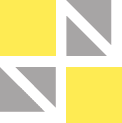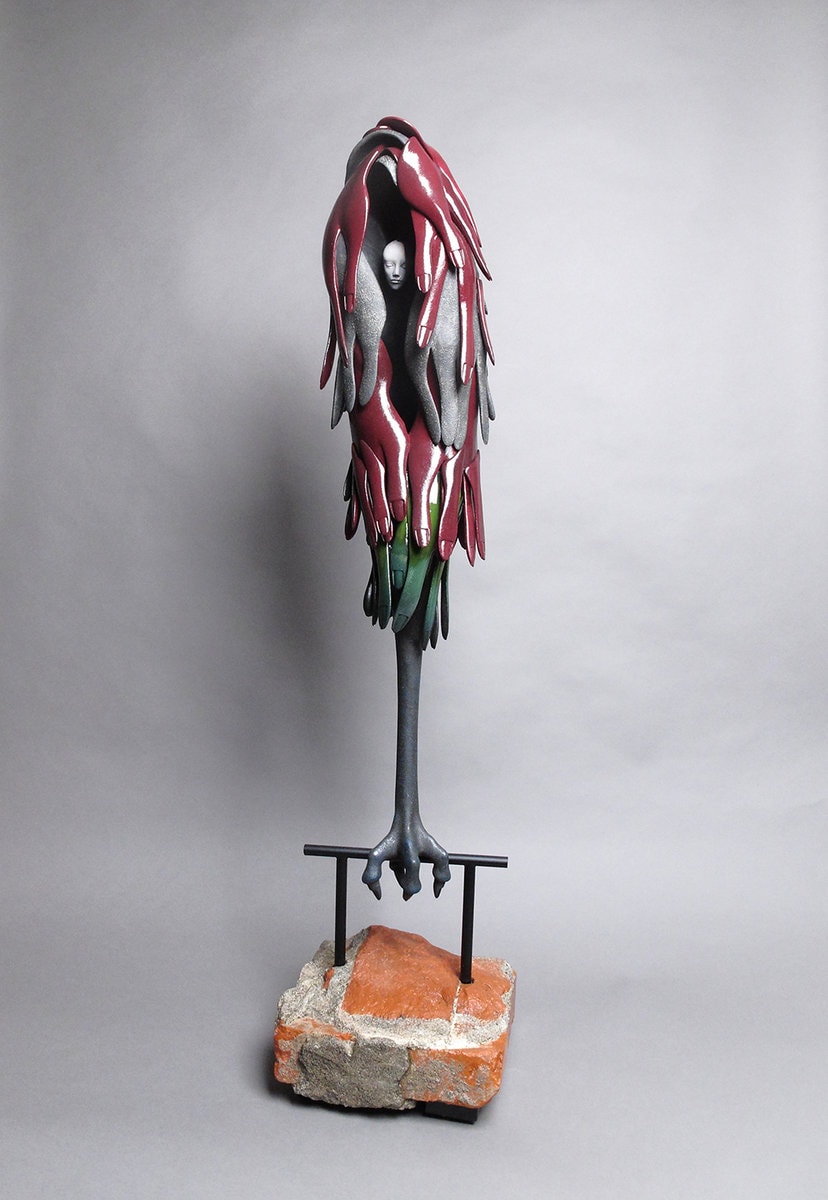Mythical Reflections on a Whim
by Huang He-ya
The literary work *Wenxin Diaolong* states, “In the mountains and forests, and on the riverbanks, there lies the true essence of literary thought.” This phrase originally praises Qu Yuan, who, immersed in the land of Chu, where rivers and mountains converge, drew inspiration from nature and thus created extraordinary works. Literature is such, and art is no different. “Nature,” as the mother of the universe, renders humanity minuscule in comparison. As described in the creation myth “Pangu Splits the Sky”: “The insects on his body, touched by the wind, transformed into the people.” I believe that Lu Yanyu’s works embody this reverence for nature, questioning the form and essence of life and even the soul.
Myths represent the integrated consciousness of early humans, and “diminishing the self” was their greatest wisdom. This act of “diminishing” indeed allows humanity a broader and deeper perspective of the world. Lu Yanyu’s works deviate from normal animal proportions, as seen in *Deviant Beast – Slow Life III* and *Deviant Beast – Double Shadow 4*. I surmise that this deviation arises not just from “difference,” but from the artist’s “diminished self,” viewing the beast from a low angle, resulting in unusual proportions. Such works are invaluable. Modern society suffers from the malady of “self-aggrandizement.” If everyone on Earth magnifies themselves, nature will eventually be exhausted, and the world will no longer bear the pollution humanity creates. Additionally, regarding the essence of the works, Lu Yanyu does not completely “reinvent” the mythical beasts but instead creates an unreal structure based on realistic forms. This approach aligns with the “comparison” method in the Chinese classical literature *Shijing*, where concrete images from nature are used to express profound inner feelings. Similarly, under each of Lu Yanyu’s fantastical beasts, the core of his creation, “wild growth” and the endlessness of “life,” is revealed.
In discussing “form” and “structure,” we touch upon the “external” and the “internal.” Roland Barthes in *Mythologies* states: “At the level of ‘life,’ there is only one inseparable whole of form and structure.” This contradiction is intriguing; while art can dissect the external and internal, “life” cannot be similarly separated. This is the essence of life. How do we know that “life is endless”? The German philosopher Cassirer posits: “All myths are a persistent, firm denial of death.” This notion resonates with the “transformation” in Lu Yanyu’s works. “Transformation myths” are those where one life form changes into another, such as in Eastern legends where plants transform into human forms, or in Western tales where humans morph into animals or plants. Viewing *Black Dog II* or *Feather Shell II* through this lens is logical; they bear the form of human hands, subtly suggesting that they are us—only the outer shell has changed, but life and the soul persist.
French philosopher Montaigne said: “The most important thing in the world is to know oneself.” “Myth” is like “a mirror” reflecting humanity; “whims” are like “looking in the mirror,” observing all things and simultaneously looking at oneself, thus knowing oneself. Observing nature with a “diminished” perspective and expressing life’s forms through “transformation,” I privately believe that Lu Yanyu’s works are also a manifestation of myth.
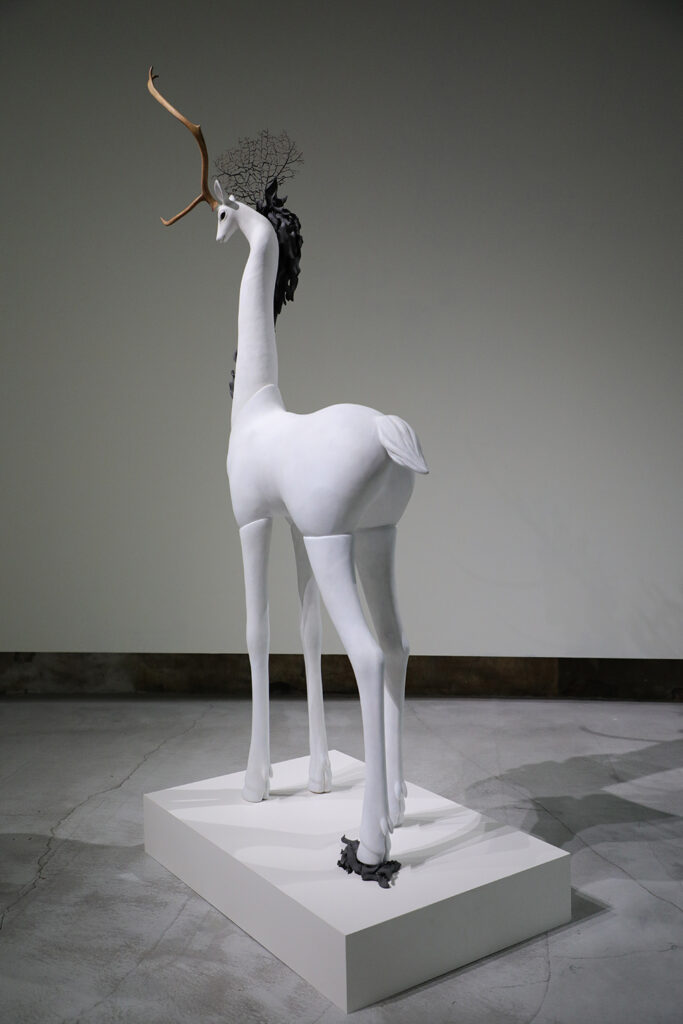
盧嬿宇_歧異獸-雙影4_陶瓷、海樹_90x30x185 cm_2021
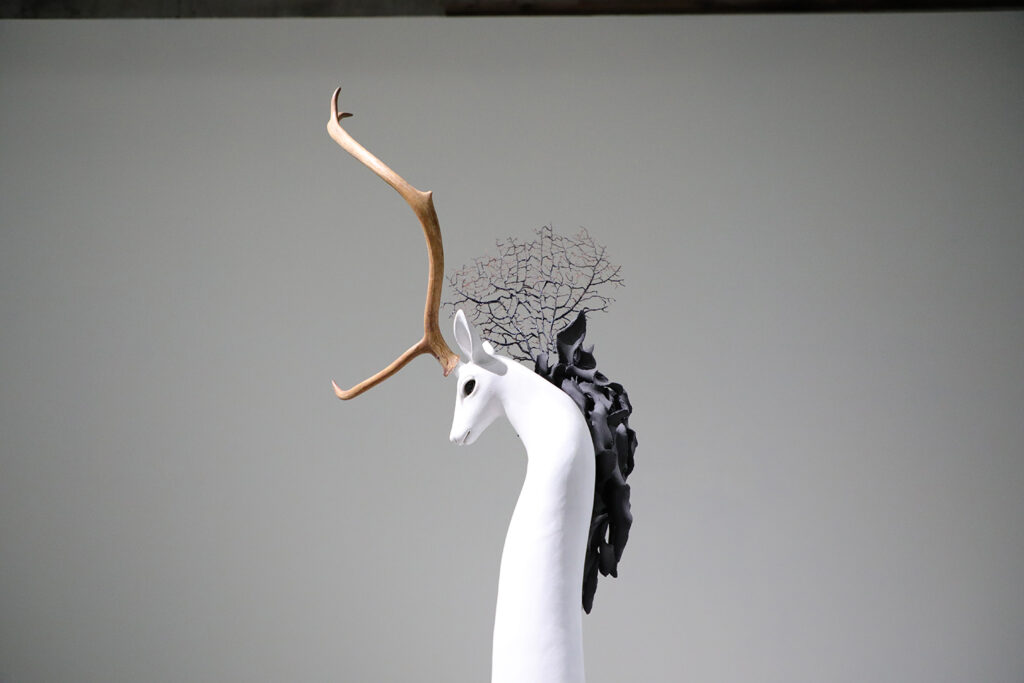
盧嬿宇_歧異獸-雙影4_陶瓷、海樹_90x30x185 cm_2021_細節
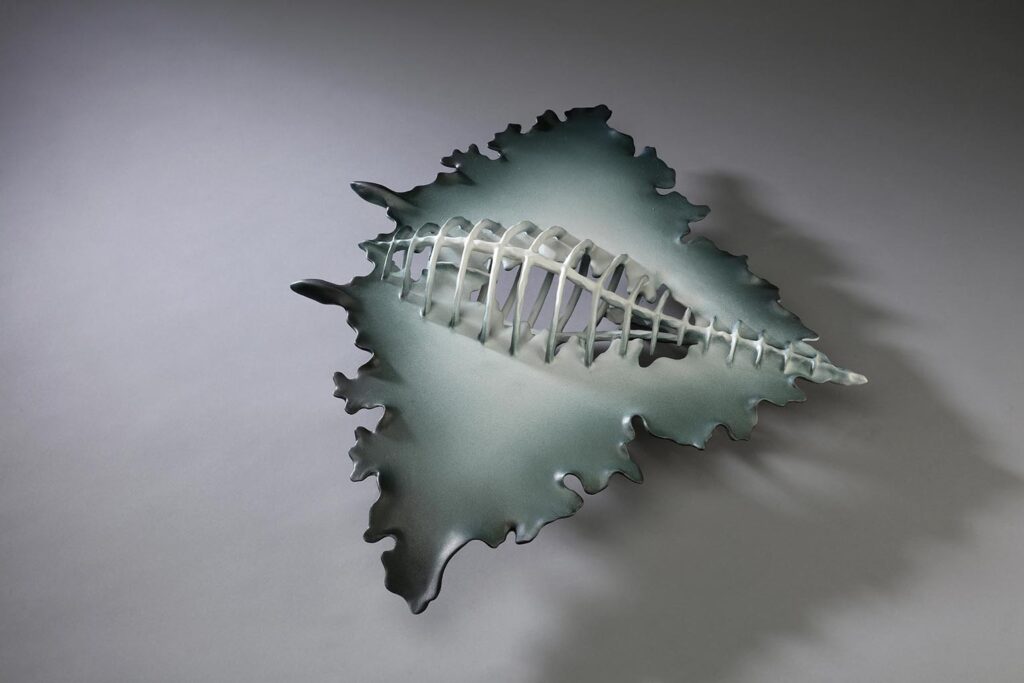
盧嬿宇_墨跡測驗II_陶瓷_57x 50 x 10cm_2019(2)
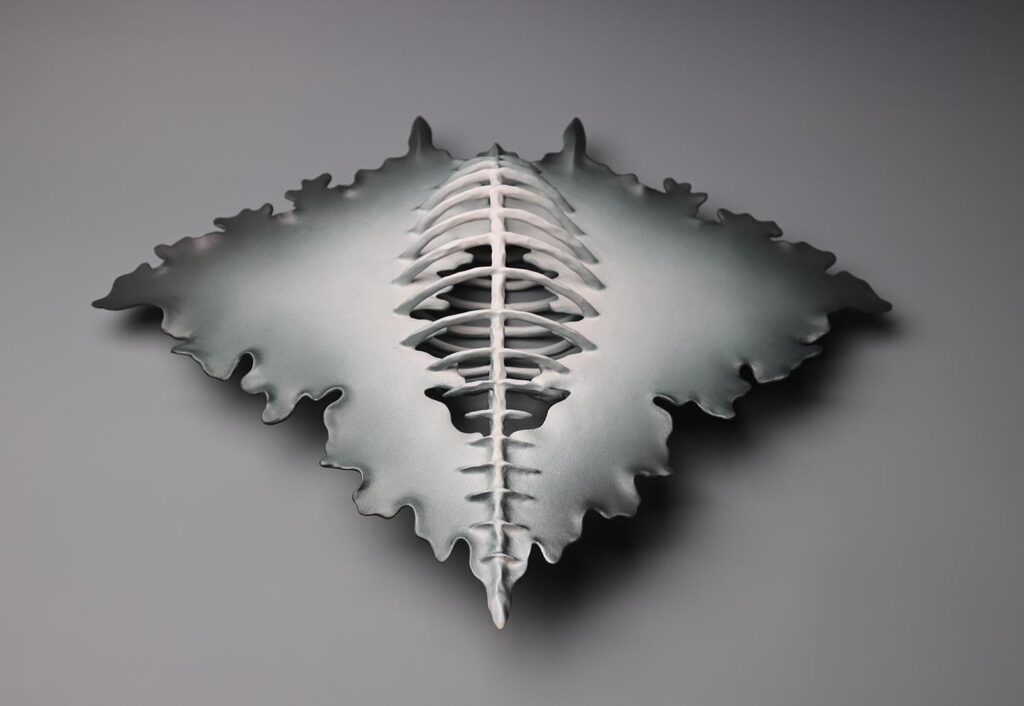
盧嬿宇_墨跡測驗II_陶瓷_57x 50 x 10cm_2019(1)
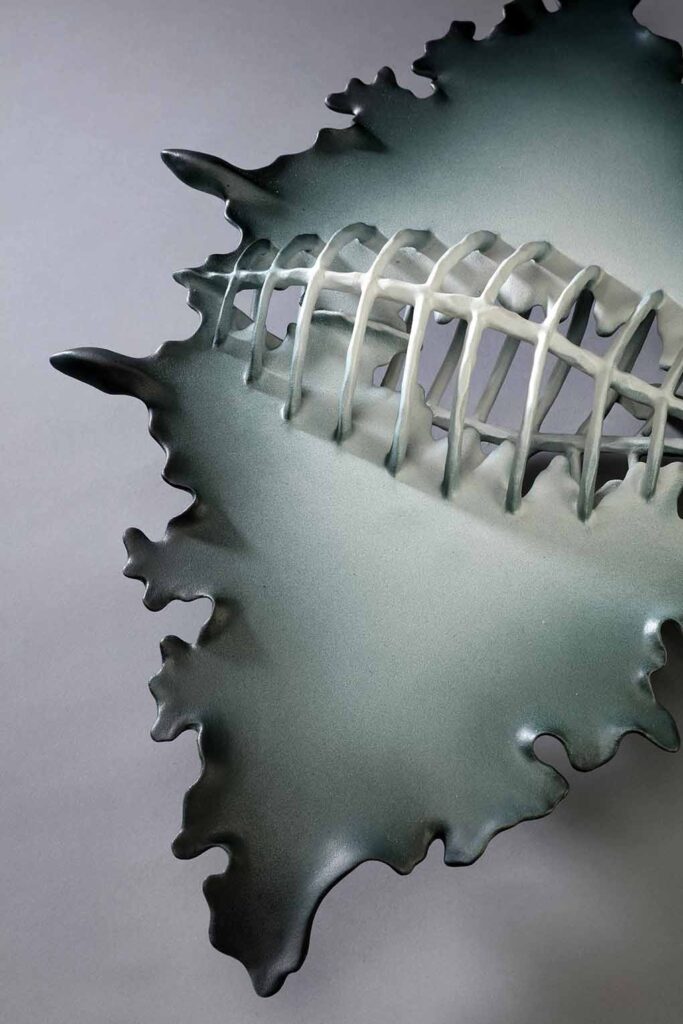
盧嬿宇_墨跡測驗II_陶瓷_57x 50 x 10cm_2019
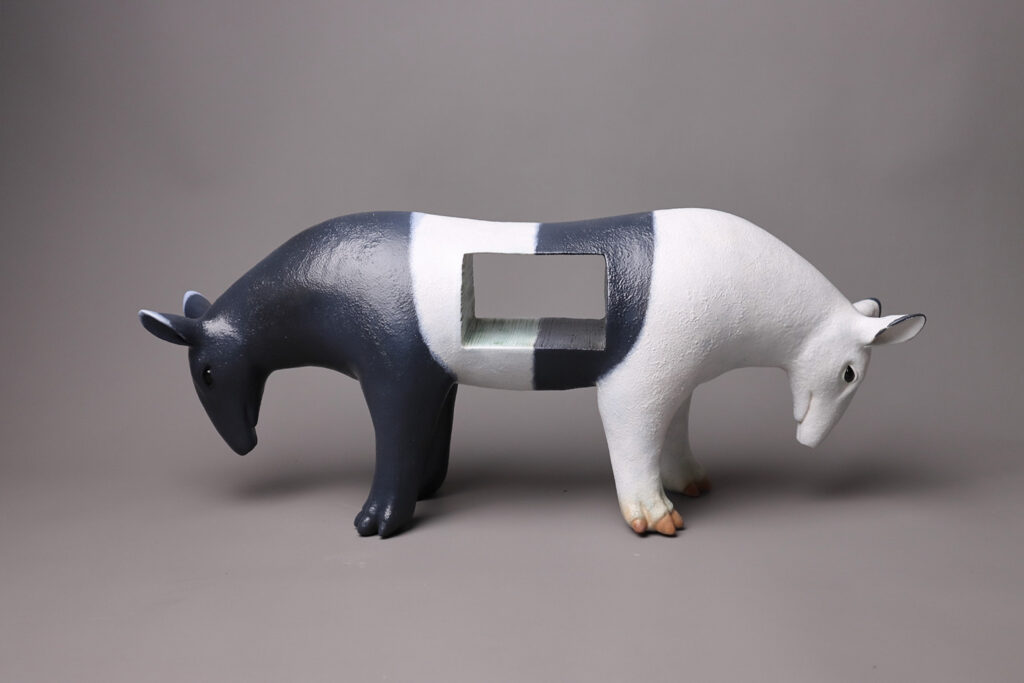
盧嬿宇_夢中夢_陶瓷、不銹鋼_53 x 12 x 22 cm_2023
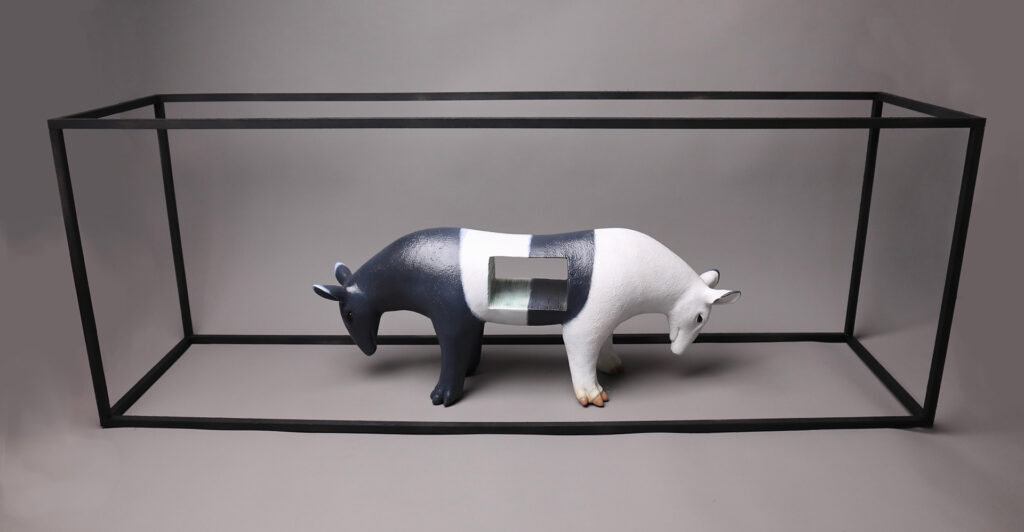
盧嬿宇_夢中夢_陶瓷、不銹鋼_53 x 12 x 22 cm_2023(鐵框)
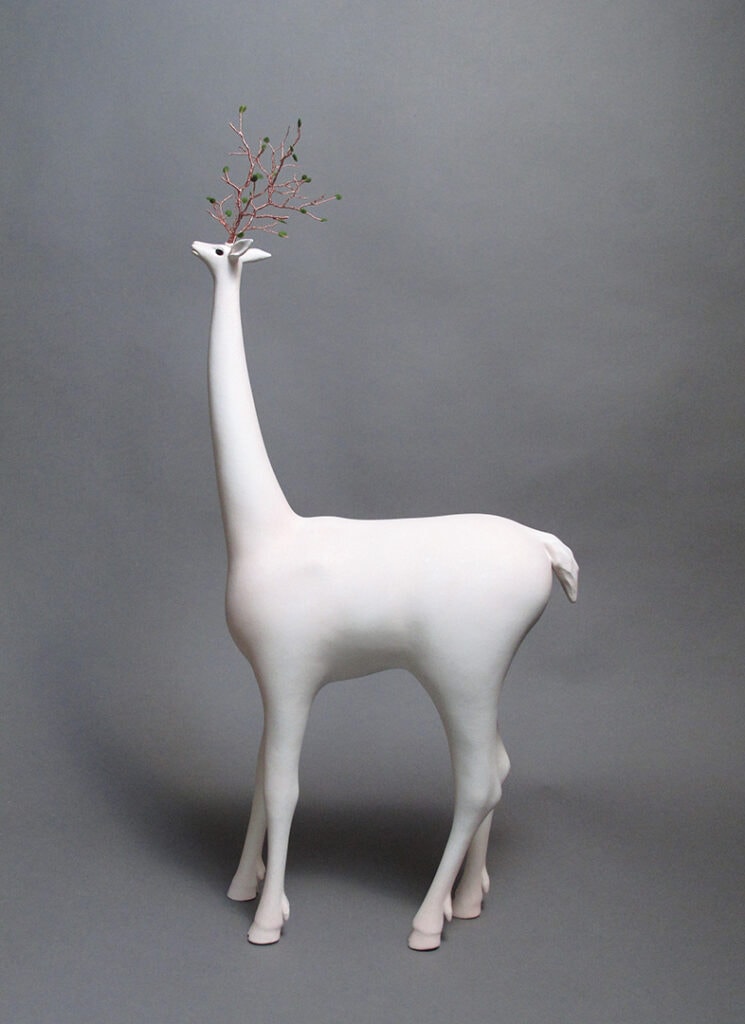
盧嬿宇_歧異獸_陶瓷、銅線、樹脂_30 x 15 x 56 cm_2018
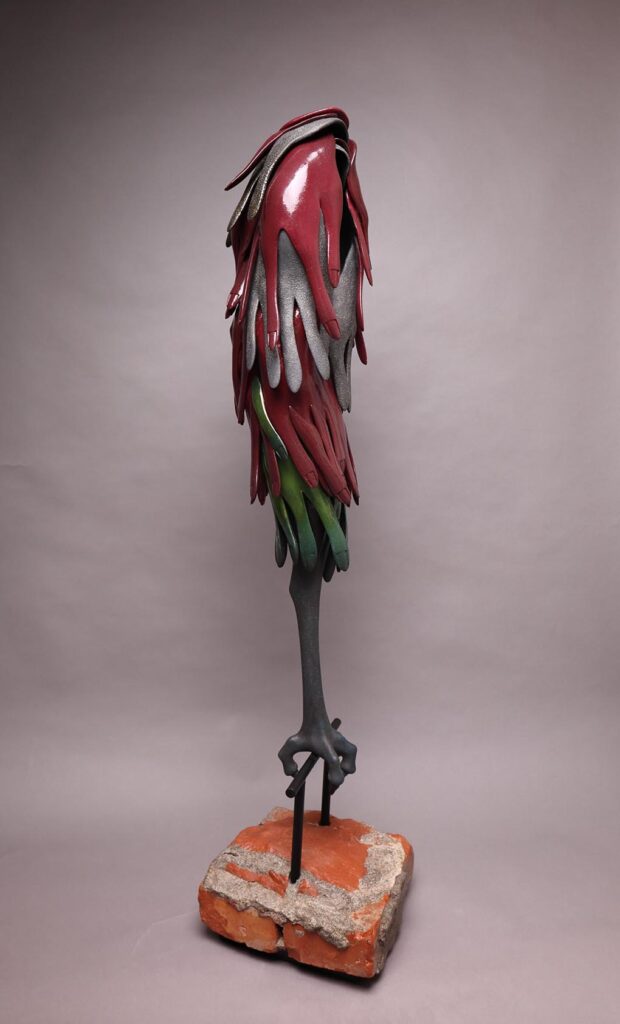
盧嬿宇_羽毛殼II_陶瓷、金屬、磚_25x24x102 cm_2018(1)
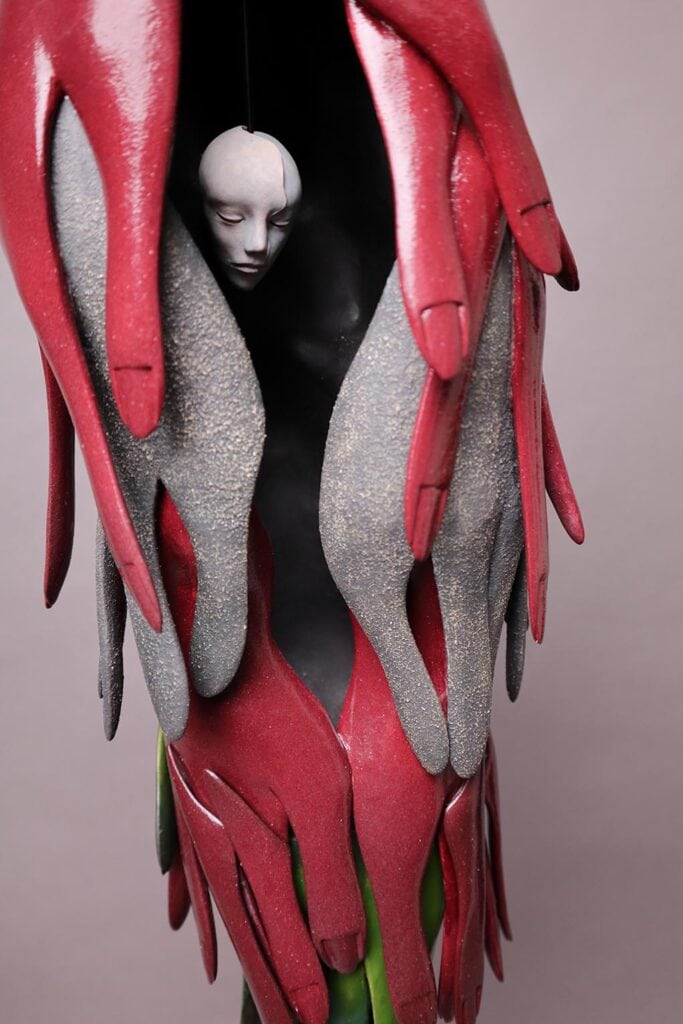
盧嬿宇_羽毛殼II_陶瓷、金屬、磚_25x24x102 cm_2018
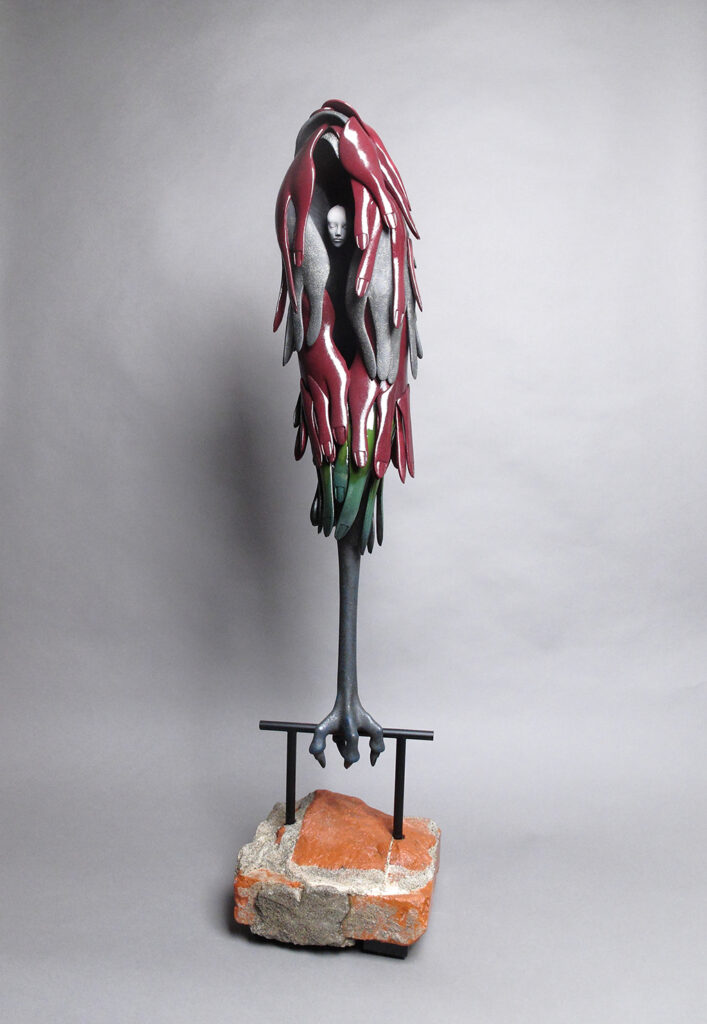
盧嬿宇_羽毛殼II_陶瓷、金屬、磚_25x24x102 cm_2018(2)
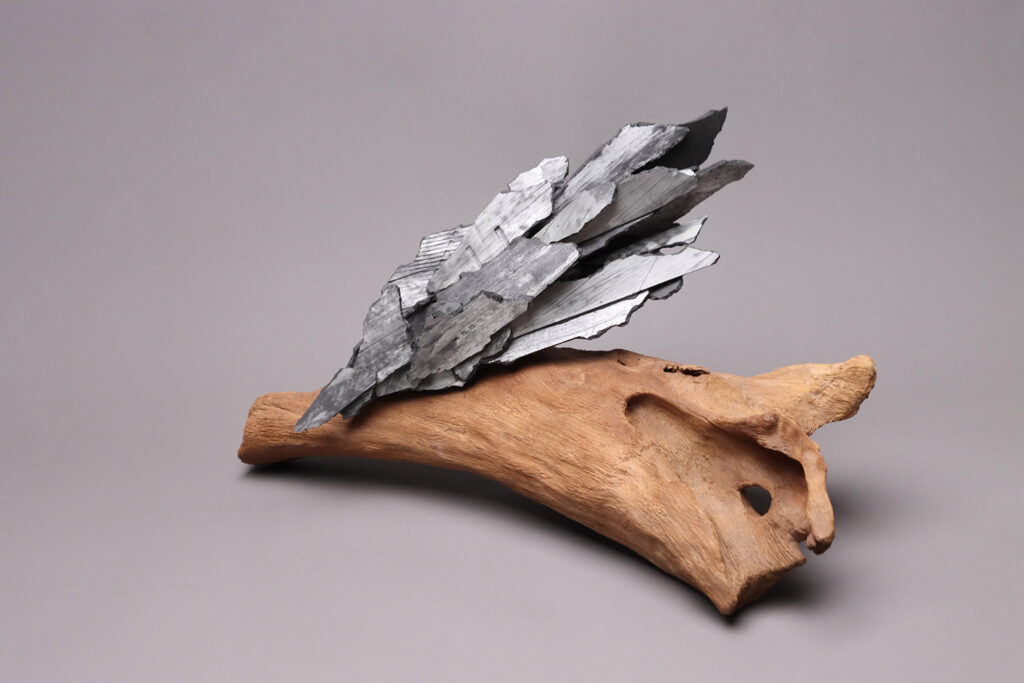
盧嬿宇_片羽_陶瓷、漂流木_35 x 20 x 22 cm_2023
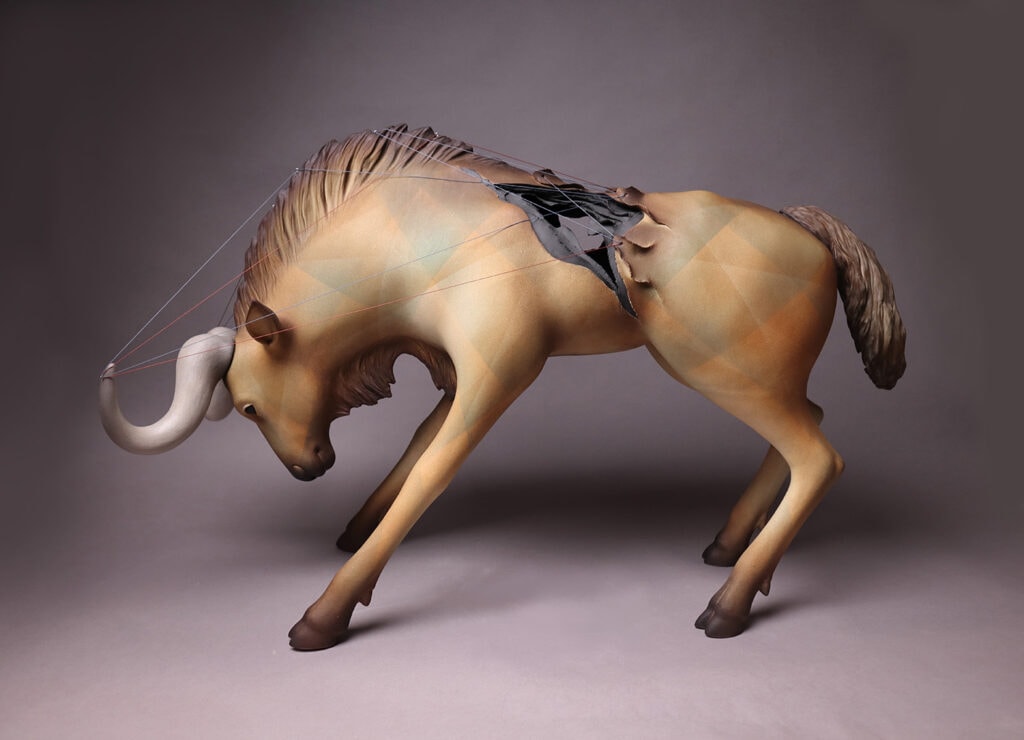
盧嬿宇_內在拔河_陶瓷、線_75 x 30 x 45 cm_2023
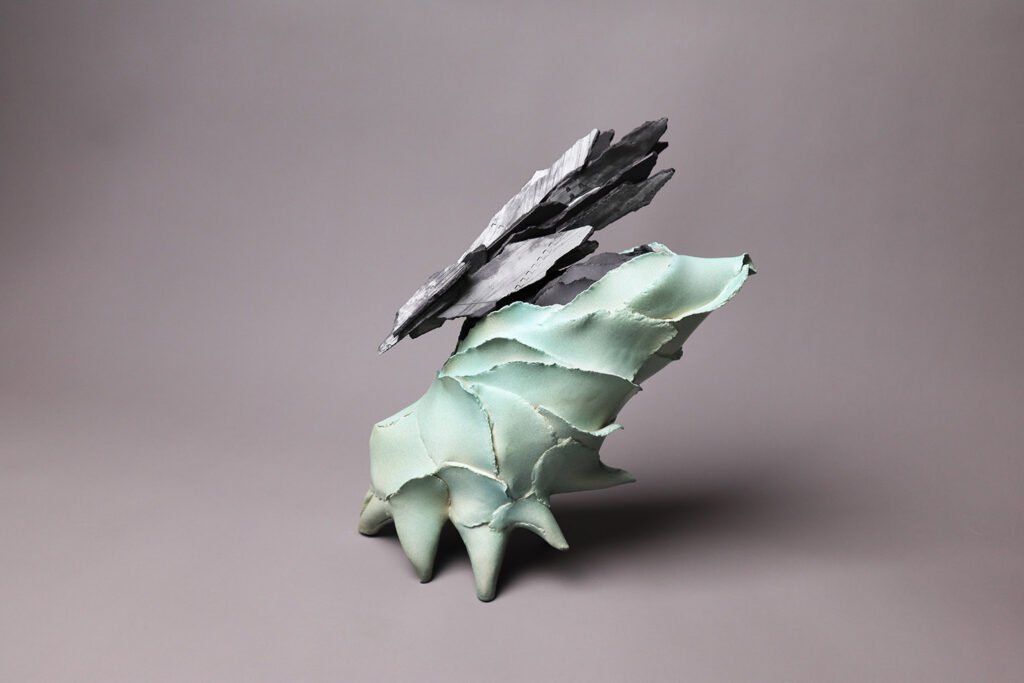
盧嬿宇_蛹生_陶瓷_25 x 10 x 30 cm_2023
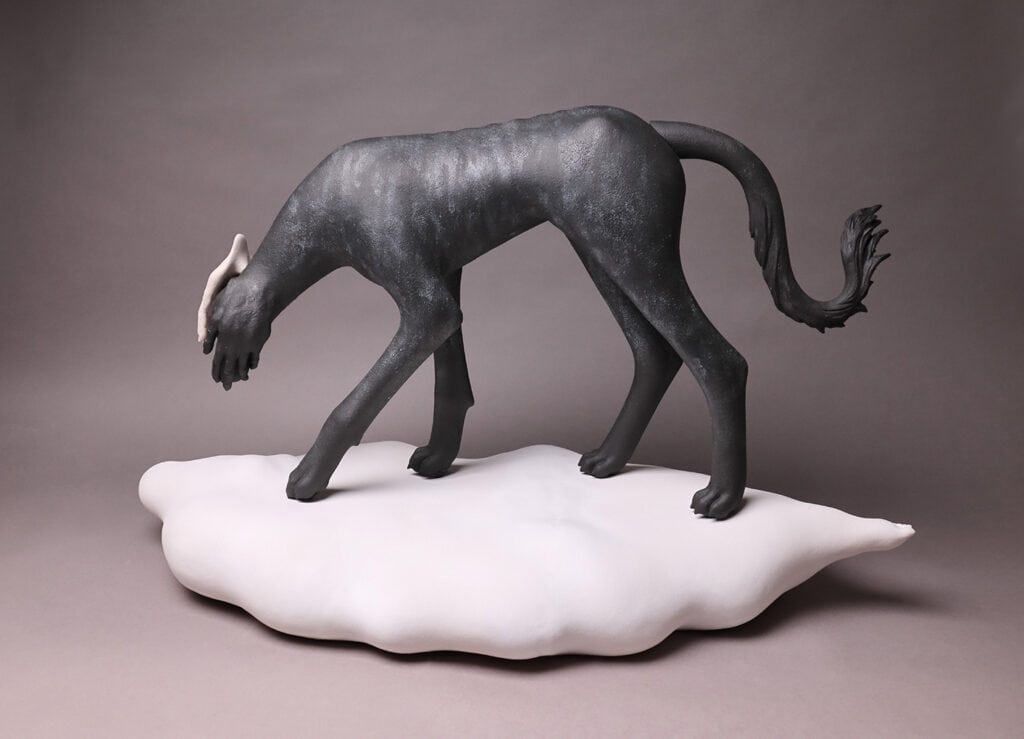
盧嬿宇_黑犬II_陶瓷_75 x 35 x 45 cm_2023
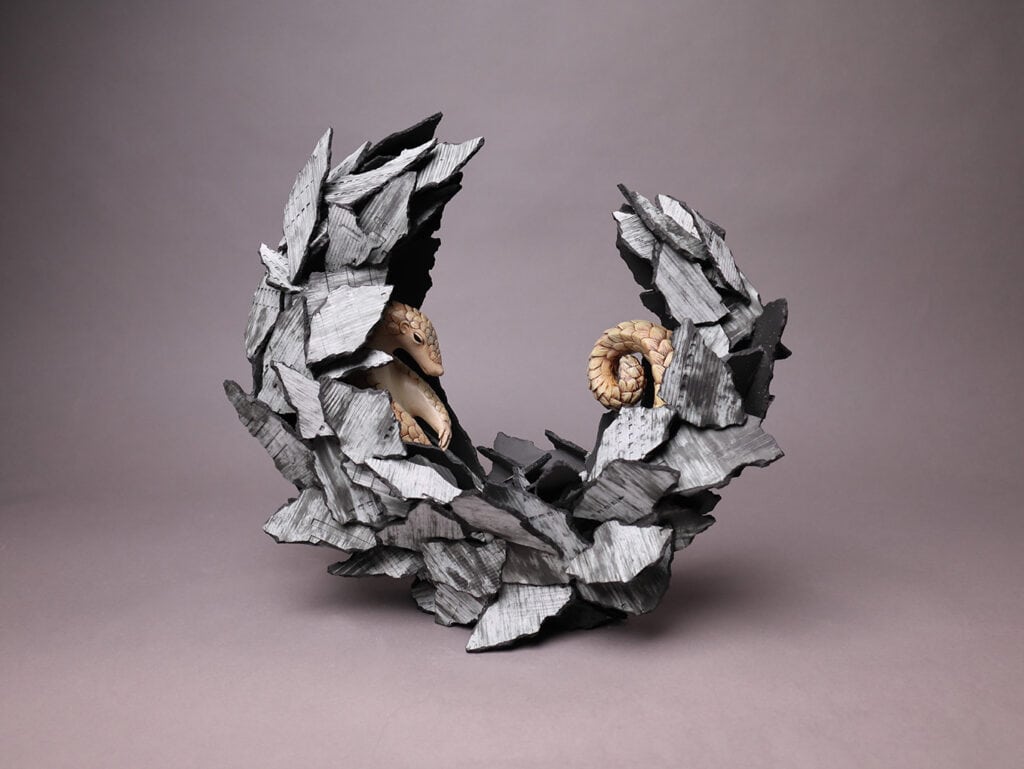
盧嬿宇_殼之搖籃_陶瓷_30 x 15 x 30 cm_2023
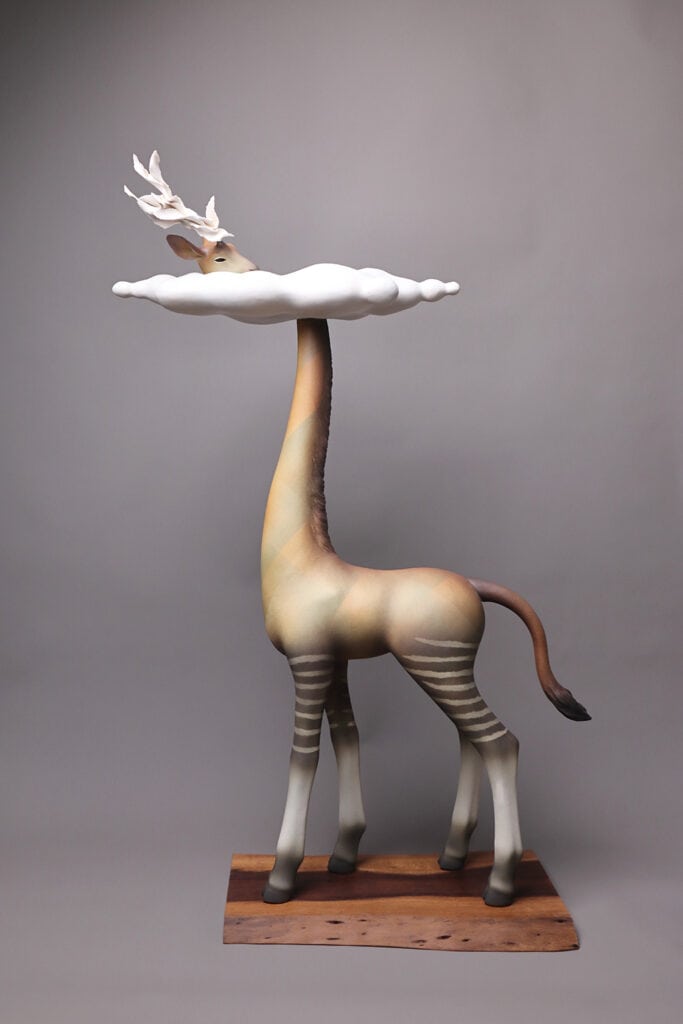
盧嬿宇_浮雲_陶瓷、相思木_60 x 24 x 90 cm_2023
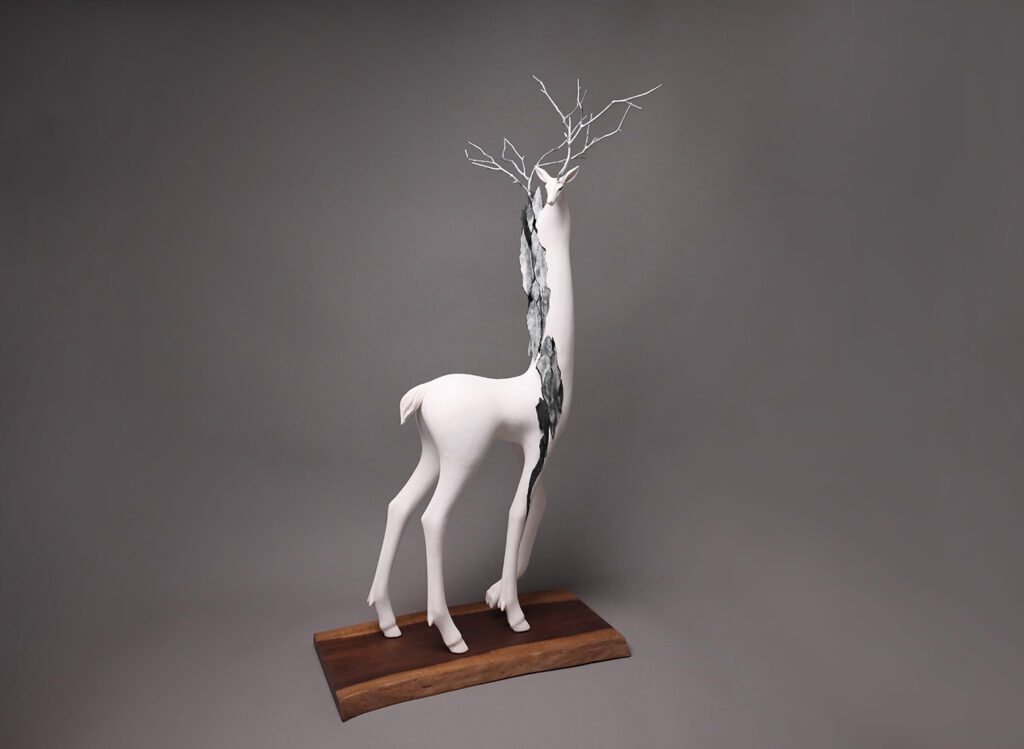
盧嬿宇_歧異獸-緩生III_陶瓷、樹脂_30 x 15 x 80 cm_2023(橫式)
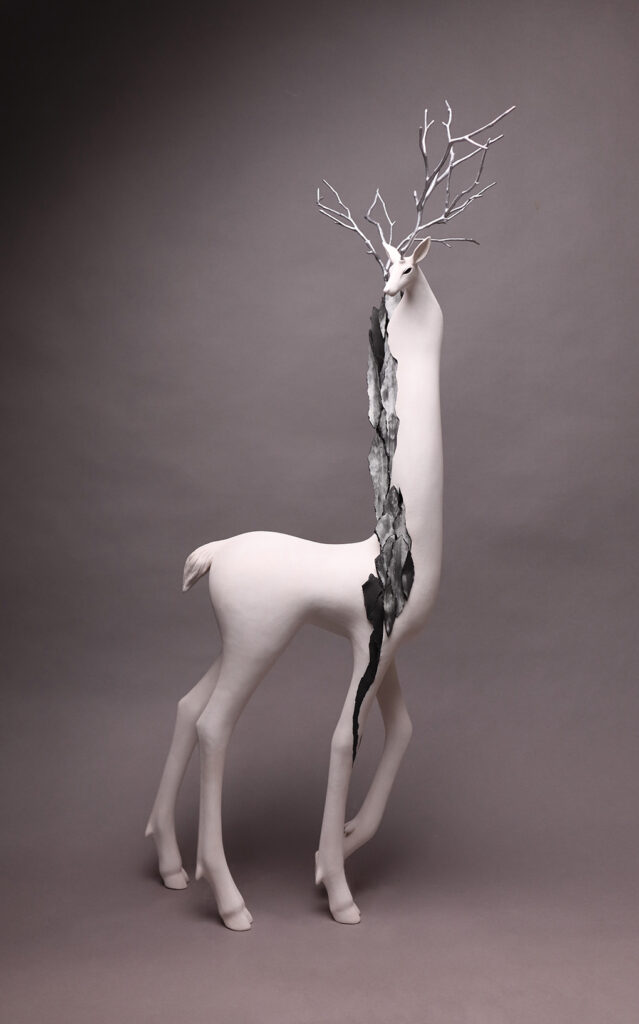
盧嬿宇_歧異獸-緩生III_陶瓷、樹脂_30 x 15 x 80 cm_2023
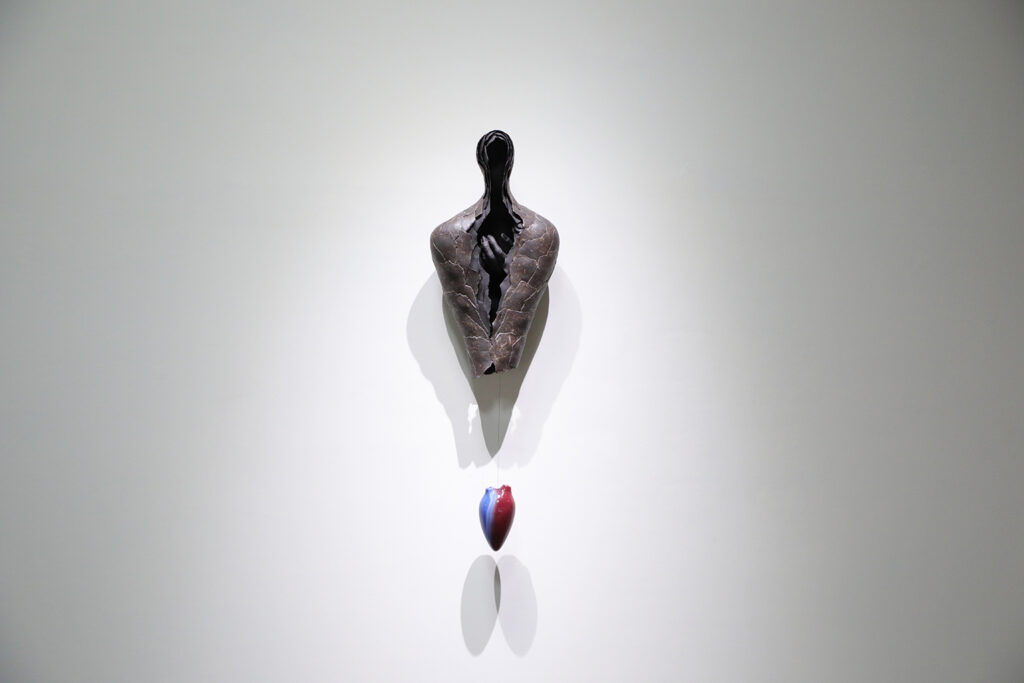
盧嬿宇_時間之流II_陶瓷_88 x 30 x 15 cm_2019
Exhibition Title: Wild Musings – Yan-Yu Lu’s Solo Exhibition
Artist: Yan-Yu Lu
Exhibition Dates: October 7, 2023 (Sat) – November 11, 2023 (Sat)
Opening Tea Reception and Artist’s Guided Tour: October 14, 2023 (Sat), 3:00 PM – 4:00 PM (Please RSVP via email or phone)
